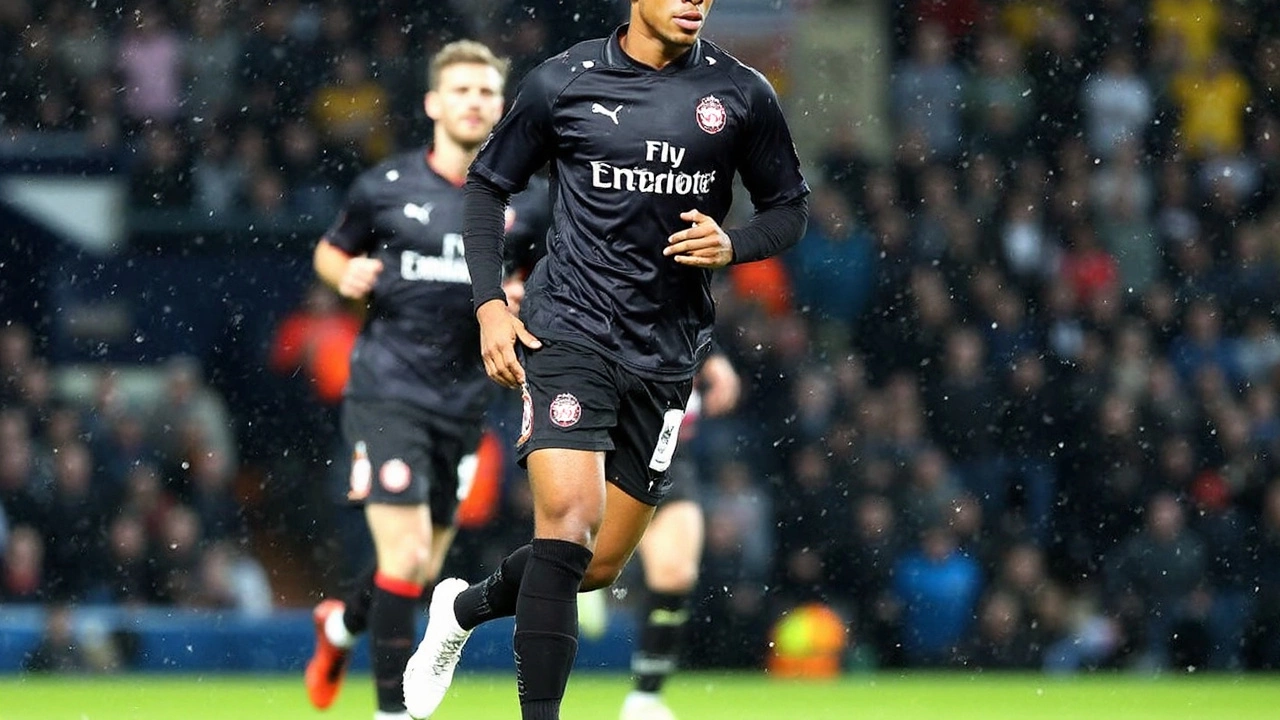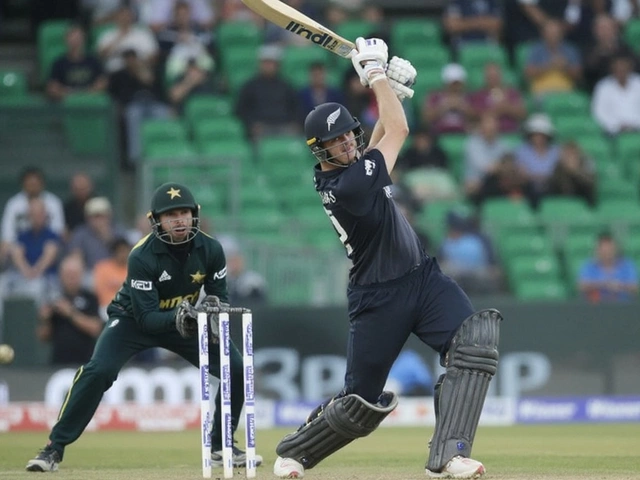Championship Striker Transfer: What Every Fan Should Know
If you’re a fan of England’s second tier, you’ve probably felt that rush when a new striker joins your team. A good forward can turn a mid‑table side into promotion contenders overnight. In this guide we break down why clubs chase strikers, how deals are structured, and what to look out for during the busy transfer window.
Why Championship Clubs Splurge on Strikers
Goals win games, plain and simple. Most clubs in the Championship realize that a reliable scorer is the fastest way to climb the league table. Whether it’s a proven Premier League talent on a loan or an up‑and‑coming youngster from a lower division, the goal is the same: add firepower.
Financially, a striker can be a smart investment. A player who nets 20‑plus goals can boost ticket sales, merchandise, and even attract better sponsorship deals. That’s why you’ll see clubs paying big release clauses or offering bonuses tied to goals and appearances.
How Transfers Usually Work in the Championship
Most moves happen during the summer window, but the January period still delivers surprises. Clubs often use three main routes:
- Permanent deals: The club pays a transfer fee and signs the player to a long‑term contract. This is common for star forwards from the lower leagues who have proven they can handle the step up.
- Loan agreements: Premier League teams love to loan out young strikers who need game time. The loaning club may cover wages, and sometimes there’s an option to buy at the end of the spell.
- Free transfers: When a player’s contract expires, clubs can snap them up without a fee. For a striker, a free move can be a bargain if the player still has quality.
Negotiations often include performance bonuses, sell‑on clauses, and appearance fees. That’s why you hear about “add‑ons” in press releases – the selling club wants to keep a slice of future success.
Fans should keep an eye on a few red flags. If a striker has a history of injuries or has been on multiple short‑term loans, there’s a risk that he won’t settle. On the flip side, a player who’s been a top scorer in League One or the National League can thrive with the right support.
Another tip: watch the manager’s preferred formation. A 4‑4‑2 needs two forwards with complementary skills, while a 4‑2‑3‑1 usually relies on a lone target man who can hold up the ball. Knowing the system helps you gauge whether a new signing fits the coach’s plan.
Finally, don’t forget the fans’ role. Social media chatter can sway a club’s decision, especially when supporters rally behind a local hero. Clubs sometimes use that momentum to secure a deal that feels right both on the pitch and in the community.
In short, Championship striker transfers are a mix of money, strategy, and a dash of fan influence. Keep track of the window, listen to what the manager says about his tactics, and you’ll spot the signings that could change your club’s fortunes. Happy scouting!
Kieran Lockhart, Jun, 1 2025
Stoke City Make £2.5m Move for Bristol City's Fally Mayulu as Striker Search Heats Up
Stoke City are pushing to sign Fally Mayulu from Bristol City with a £2.5 million bid as they urgently search for a striker to beat relegation. Mayulu, who arrived at Bristol City from Rapid Wien, has struggled for minutes, but Stoke see his potential. The Potters are pursuing several attacking options this window.
View More




